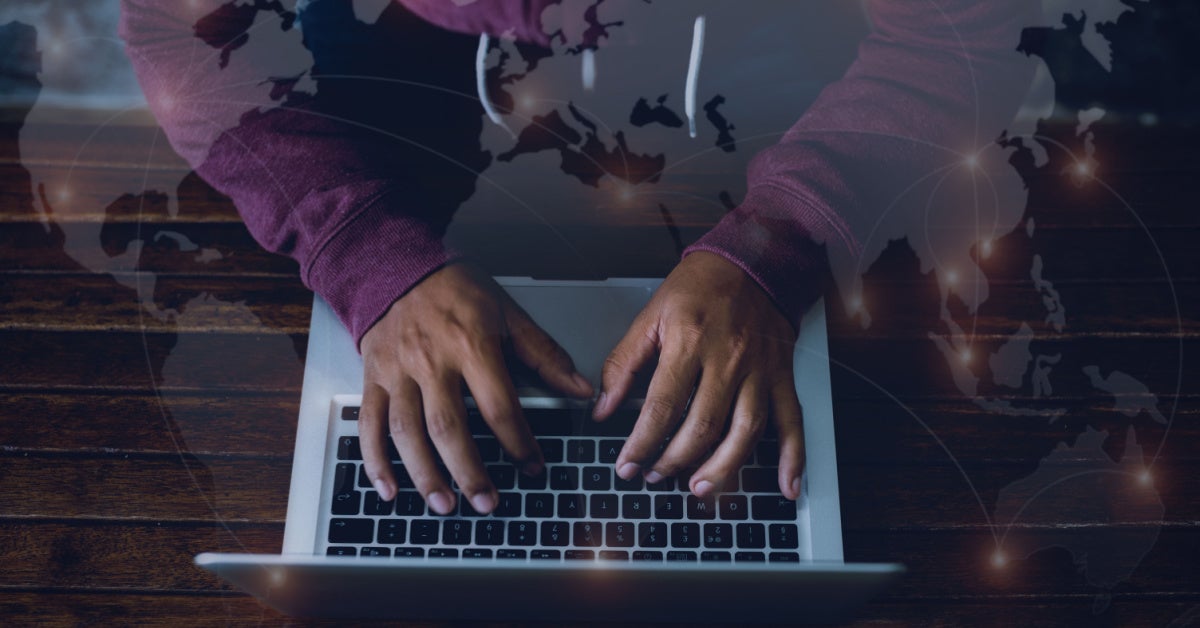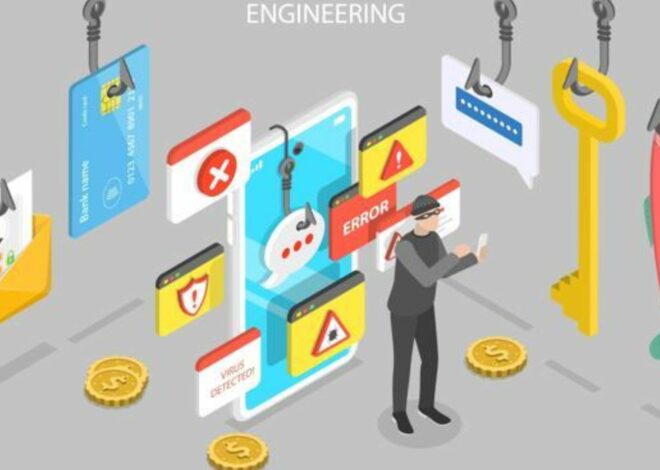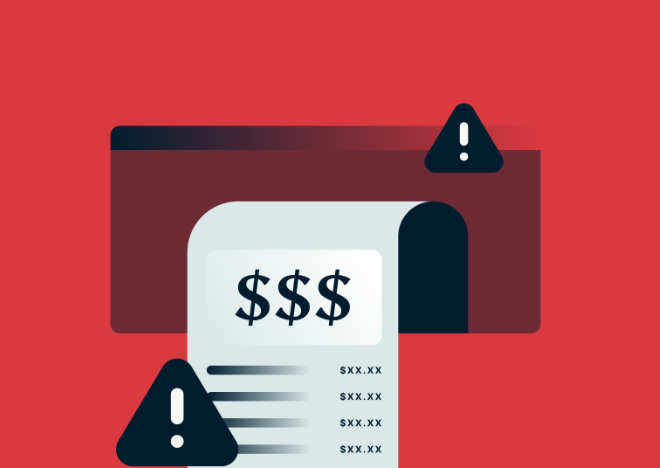
Breaking Down the Chi Ransomware Attack of 2022: What You Need to Know
The year 2022 has witnessed one of the most significant cyberattacks in history – the Chi ransomware attack. This devastating event highlights the importance of robust cybersecurity measures and the grim reality that no organization is immune to such attacks. In this blog post, we break down everything you need to know about this attack, from its origins and modus operandi to its impact on businesses worldwide. Join us as we explore how organizations can prepare themselves against such a threat and protect their valuable data from falling into the wrong hands.
Table of Contents
What is Chi Ransomware?
How did the Chi Ransomware Attack happen?
Who was affected by the Chi Ransomware Attack?
What can you do to protect yourself from Chi Ransomware?
Conclusion
What is Chi Ransomware?
Chi Ransomware is a type of malware that encrypts your files and demands a ransom to decrypt them. It’s believed to be a variant of the Petya ransomware, which first appeared in 2016. Chi Ransomware was first spotted in the wild in May 2017.
When Chi Ransomware is installed on your computer, it will create a scheduled task that will launch the encryption process when you reboot your computer. Once your files are encrypted, Chi Ransomware will display a ransom note that instructs you on how to pay the ransom and decrypt your files.
The ransom demand varies depending on who’s infected, but it typically ranges from 1 to 5 Bitcoin (approximately $2,700 to $13,500). There’s no guarantee that paying the ransom will result in your files being decrypted, so it’s generally not recommended.
If you’re infected with Chi Ransomware, the best thing you can do is restore your files from a backup. If you don’t have a backup, you can try using a file recovery tool to see if you can recover some of your encrypted files for free.
How did the Chi Ransomware Attack happen?
The Chi Ransomware attack began on May 12, when a phishing email was sent to employees of the City of Chicago. The email appeared to be from a legitimate source, and contained a malicious attachment. Once the attachment was opened, the ransomware began encrypting files on the victim’s computer. The attackers then demanded a ransom in order to decrypt the files.
This particular ransomware is unique in that it uses two different encryption methods; one for the file names and another for the actual contents of the files. This makes it more difficult to decrypt the files without paying the ransom.
So far, there is no evidence that any ransom has been paid or that any data has been recovered. The City of Chicago has stated that they are working with law enforcement and cybersecurity experts to investigate the attack and try to recover any lost data.
Who was affected by the Chi Ransomware Attack?
On Tuesday, May 12, 2020, the Chi Ransomware attacked computer systems belonging to the City of Chicago. The attack caused significant disruptions to several city services, including the city’s 911 and 311 call centers. According to the Chicago Tribune, the attack also impacted airport operations, including flight information displays and email systems.
The Chi Ransomware is a type of malware that encrypts files on infected computers and demands a ransom be paid in order to regain access to the files. In this case, the attackers demanded $1 million in Bitcoin in order to provide a decryptor tool that would allow the city to regain access to its encrypted files.
The mayor of Chicago, Lori Lightfoot, said that the city would not be paying the ransom and that they are working with federal law enforcement agencies to investigate the attack and bring those responsible to justice. It is not yet known how the attackers were able to gain access to the city’s computer systems or how much damage was done.
What can you do to protect yourself from Chi Ransomware?
The Chi ransomware attack was a targeted attack on the City of Chicago. The attackers used a sophisticated form of ransomware that encrypted files and demanded a ransom be paid in order to decrypt them. The attackers also made demands of the city in exchange for not releasing sensitive information they had obtained.
The best defense against any form of ransomware is to have good backups. This way, if your files are encrypted, you can restore them from a backup and don’t have to rely on the attacker to decrypt them. Additionally, you should keep your software up to date and run security scans regularly. If you suspect that your computer has been infected with ransomware, do not pay the ransom! Instead, contact a professional malware removal service or your local law enforcement.
Conclusion
The Chi Ransomware attack of 2022 was a major cybersecurity incident that affected businesses worldwide. Taking the necessary steps to protect your business from similar attacks is essential for any organization and understanding what happened in this case is the first step to safeguarding against future incursions. By keeping up with the latest security updates, maintaining good password practices, and avoiding suspicious emails or links, you can remain vigilant and secure when it comes to cyber threats.


